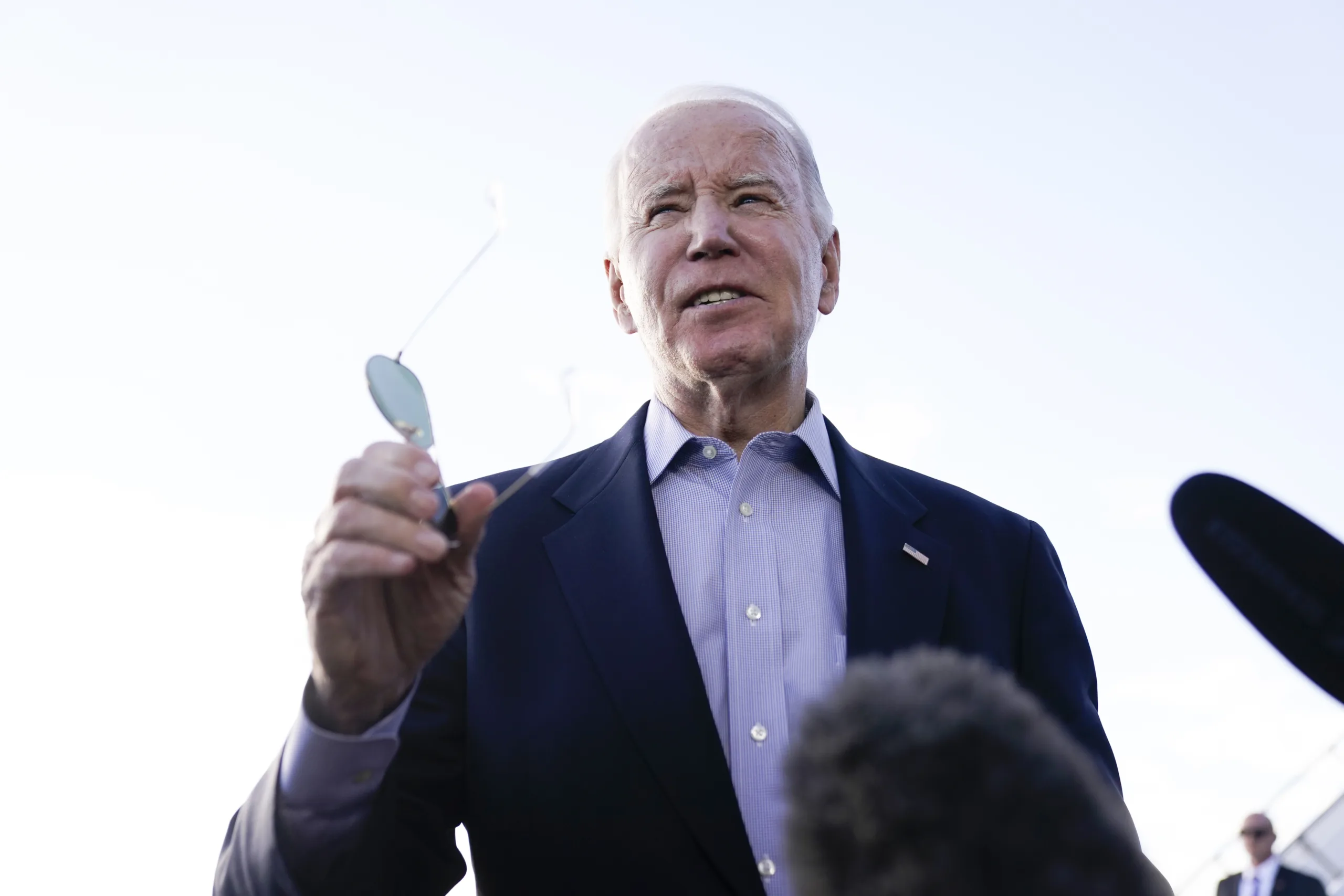
The proposed rule would require utility companies to locate and dig up roughly 9,000 lead pipes statewide within 10 years to ensure clean drinking water for Nevadans and to protect children’s health. (AP Photo/Andrew Harnik)
The Biden administration proposed a new rule last week that would require water utilities in Nevada and across the country to replace all of their lead pipes for the first time in American history in an effort to protect communities from the dangerous toxin.
The proposal from the Environmental Protection Agency (EPA) would require companies to locate and dig up the roughly nine million lead pipes in their service areas within 10 years.
According to the EPA, there are roughly 9,000 lead service lines in the state of Nevada.
“Every single American has a right to clean drinking water. Today, we’re closer to guaranteeing that right,” Biden said in a tweet on Thursday.
The EPA also proposed lowering the amount of lead that’s allowed to be in water before intervention is required. Additionally, the agency proposed improving sampling protocols used to detect lead in water systems, and requiring utilities to increase communication with consumers about lead service lines and their plans to replace them.
These proposals have come forward in an effort to prevent public health emergencies like the one that has plagued Flint, Mich, where dangerous lead and legionella bacteria seeped into the tap water of about 100,000 residents between 2014 and 2015.
If enacted, these proposals would strengthen the Lead and Copper Rule, legislation that was established in 1991 and was put in place to protect public health and reduce exposure to lead in drinking water. The EPA introduced the rules using its authority under the Safe Drinking Water Act, which was enacted in 1974 and was established to protect the quality of drinking water in the United States.
“Lead in drinking water is a generational public health issue, and EPA’s proposal will accelerate progress towards President Biden’s goal of replacing every lead pipe across America once and for all,” EPA Administrator Michael S. Regan said in a statement on Thursday. “With collaboration and the focused actions proposed today, EPA is delivering on our charge to protect all Americans, especially communities of color, that are disproportionately harmed by lead in drinking water systems.”
Lead is a neurotoxin that can cause irrevocable damage to both the brain and nervous system as a whole. It poses the most risk to infants and young children, impairing their cognitive development and causing behavioral disorders. When the plumbing of lead pipes corrode, lead infiltrates the water supply, which can cause lead poisoning and even death, as happened in Flint.
These proposed updates to the Lead and Copper Rule are the latest efforts by the Biden administration to remove every lead service line in America.
In 2021, Biden and the Democratic-controlled Congress passed the Bipartisan Infrastructure Law, which represented the largest investment in clean drinking water in American history, including the first-ever dedicated federal funding to replace lead service lines.
Thus far, the law has provided $50 billion to support upgrades to the nation’s drinking water and wastewater infrastructure. These funds include up to $27 billion for lead service line replacement, including $15 billion dedicated to replacement specifically, and $11.7 billion in general Drinking Water State Revolving Funds that can also be used for lead pipe replacement. The EPA has also awarded another $3.5 billion in funding for lead service line replacement across the nation, as well.
As of October, $141 million in funds have been allocated for Nevada to provide residents with clean and safe drinking water. Over 43% of these funds are going towards lead pipe and service line replacement throughout the state.
Another $42.7 million will go towards safe drinking water investments.
The EPA’s recently launched Get the Lead Out Initiative will also partner with hundreds of underserved communities across the country to help them identify lead service lines, as well as develop replacement plans and apply for funding to “get the lead out.”
The EPA estimates the undertaking of replacing every lead pipe in America could cost $45 billion if finalized, but the drinking water industry’s estimate runs as high as $60 billion. The EPA’s proposal does not fully answer the question of who would cover the cost of the project, which means that utility companies could potentially offload at least some of the costs onto customers via higher rates.
The proposed rule will be published in the federal register, where the EPA will accept comments for 60 days. A virtual public hearing will be held on Jan. 16, 2024, as well, and the EPA anticipates finalizing the rule before mid-October 2024.
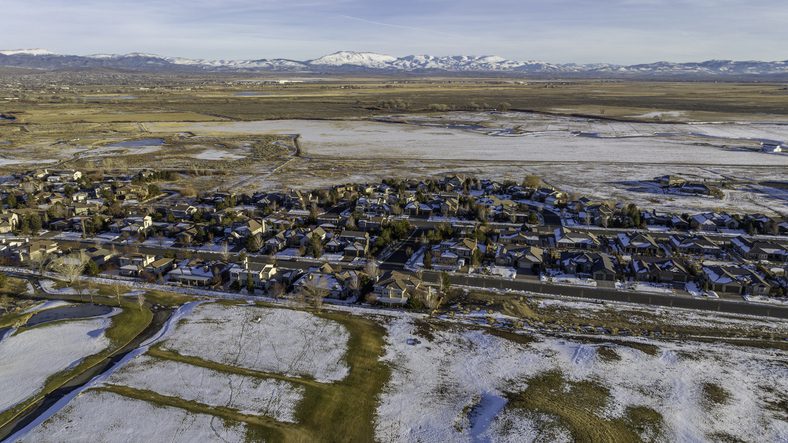
Opinion: Rural housing for all: Supporting affordable homes in Nevada
Anya Lindsey, a single mother, was sharing a bedroom with her two young children at her parents’ home when she heard a news story about USDA Rural...
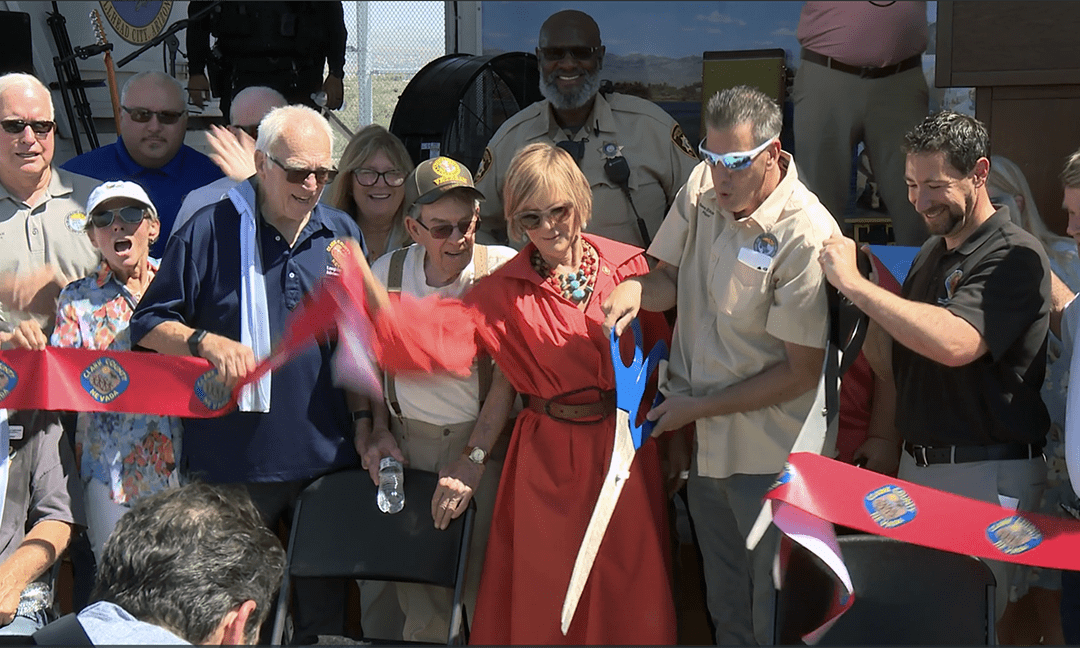
Inauguran puente “Silver Copper Crossing” que une Laughlin y Bullhead City
Los residentes y turistas que deben cruzar el río Colorado tienen una excelente opción con la inauguración del puente “Silver Copper Crossing”, que...
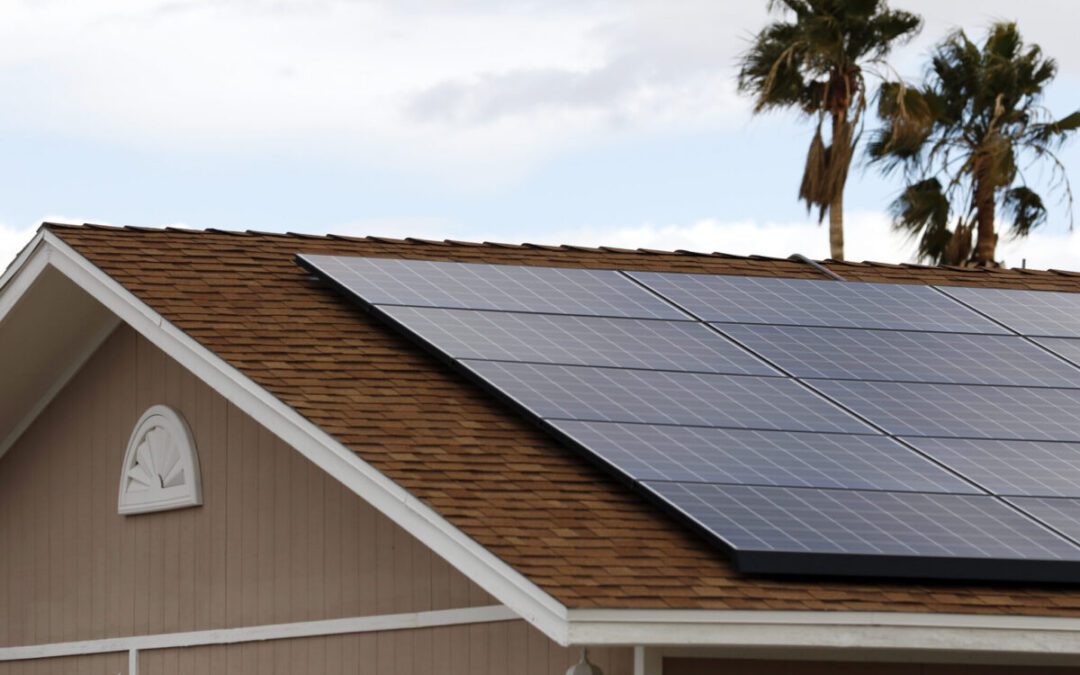
Northern Nevadans fear NV Energy plan would mean some of highest service charges in U.S.
BY: DANA GENTRY, Nevada Current Northern Nevada residents voiced their opposition Tuesday to NV Energy’s proposal to increase its shareholder return...

Nevada tribal communities to get $27M for affordable housing
Nevada’s senators applauded the funding, which comes in addition to federal investments last year that helped build new housing projects in Owyhee...

Letter to Editor: Let’s keep making the Silver State green for all Nevadans
Dear Editor, In regards to the article “Rep. Susie Lee scores win as bill expanding access to public lands passes US House” from April 10: As the...
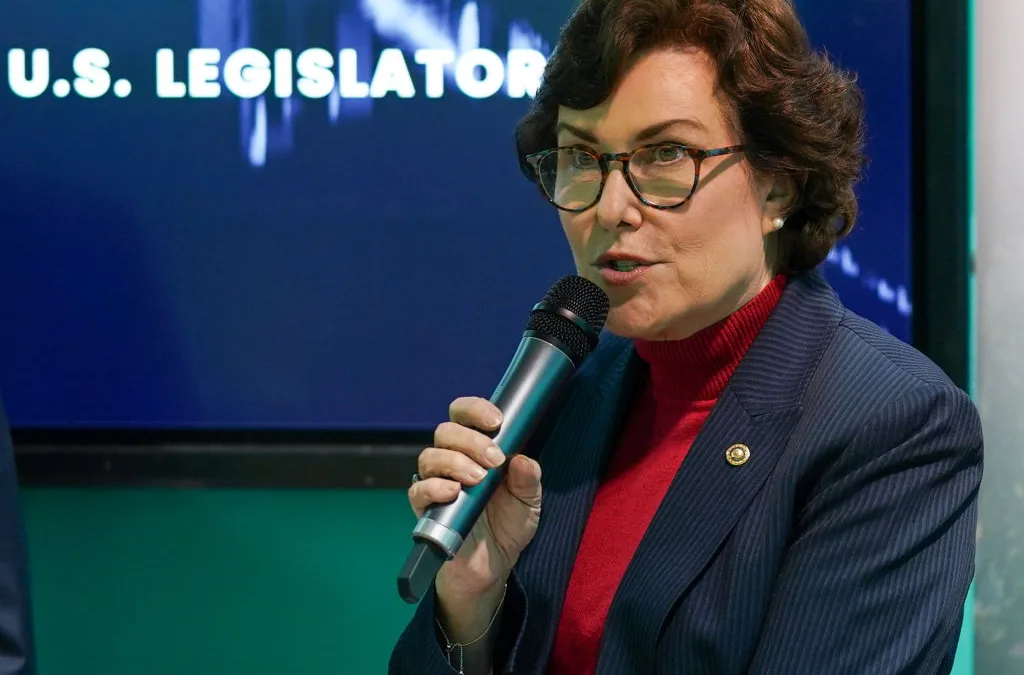
Rosen supports bill to study health defects in children of vets exposed to toxins
The bill would establish a multi-agency task force to research diagnoses and treatments sought by the children of former service members who were...




